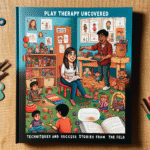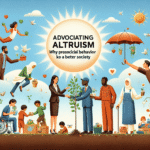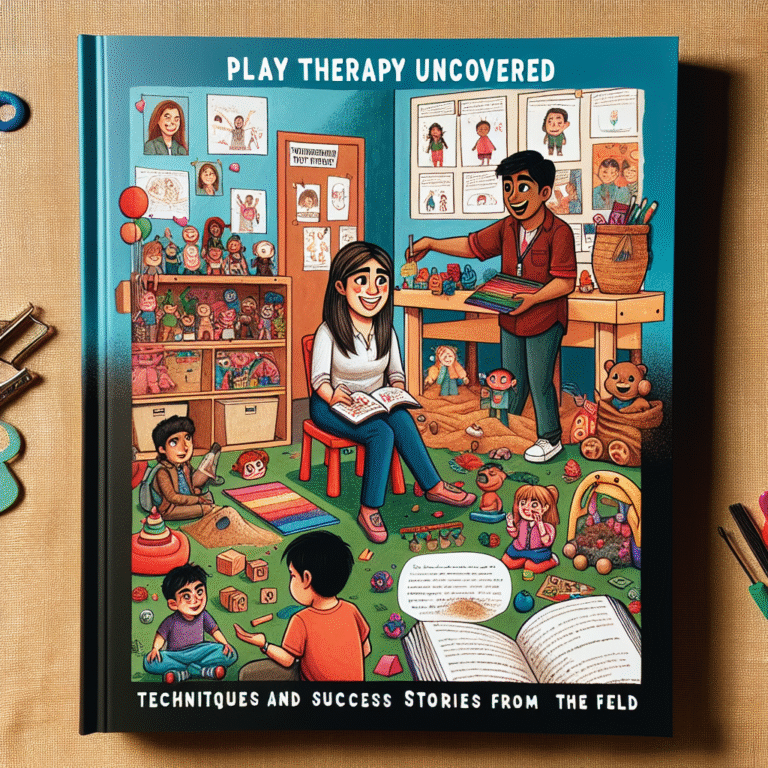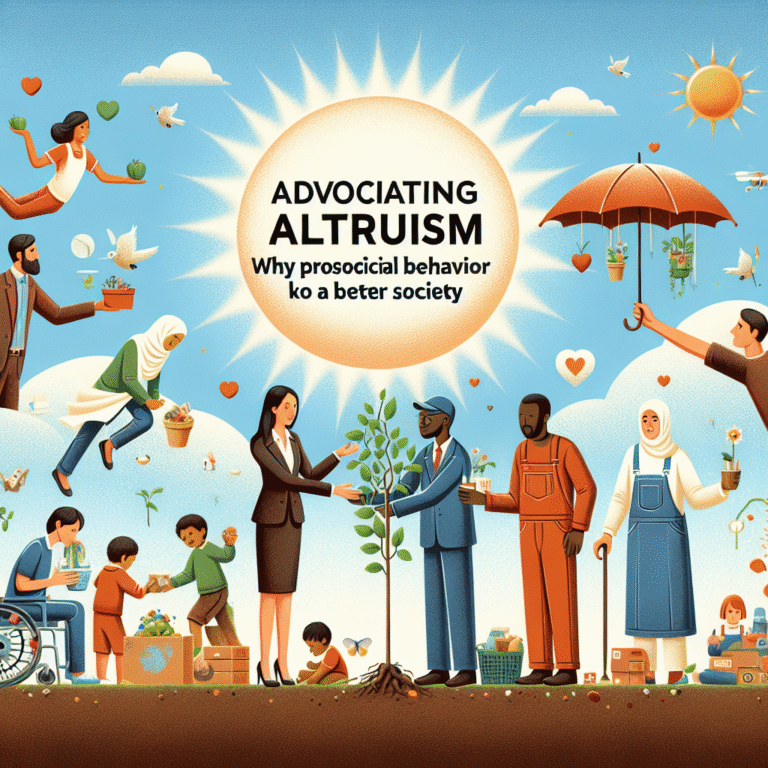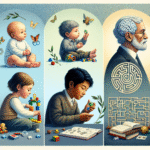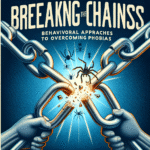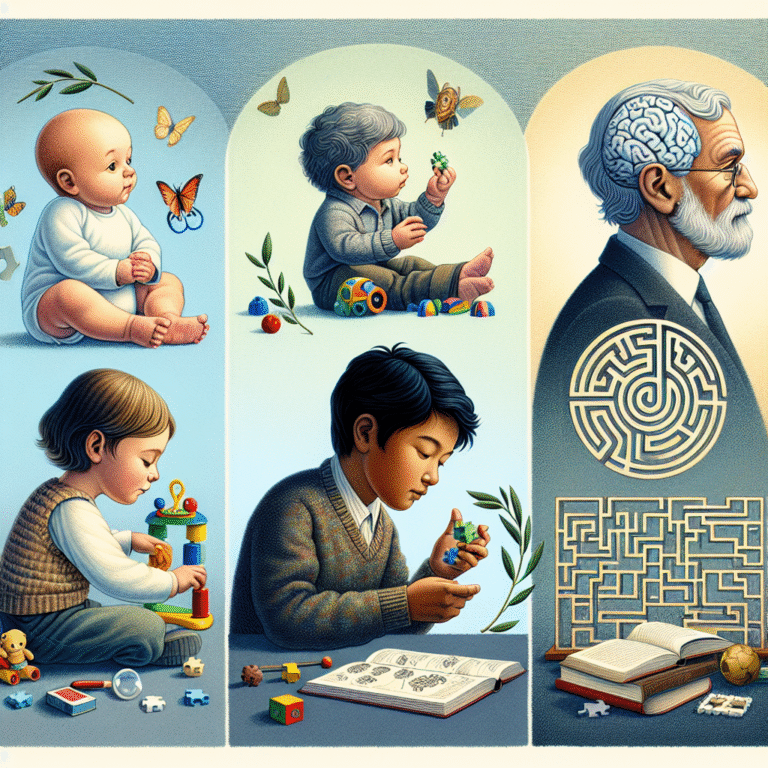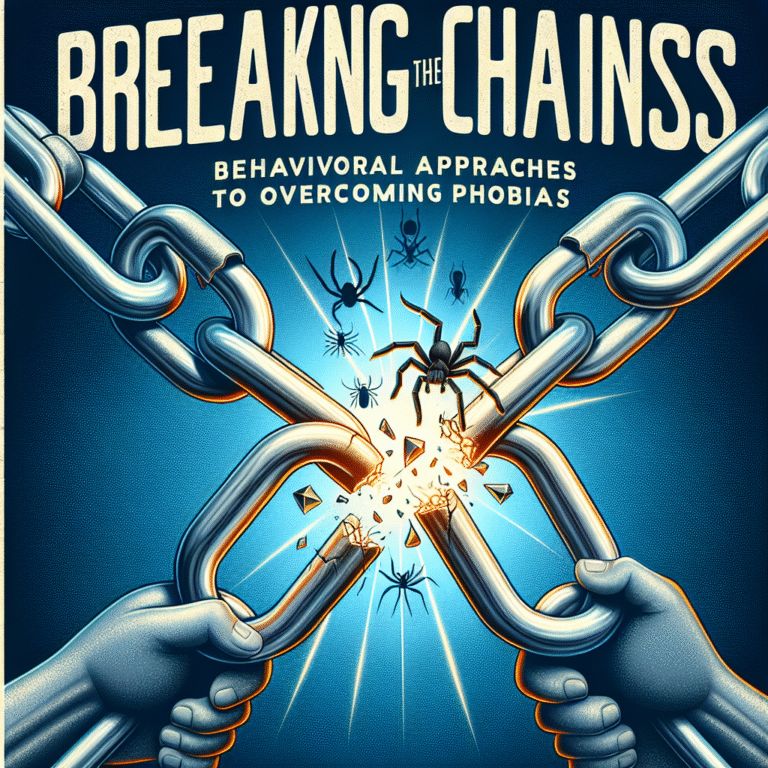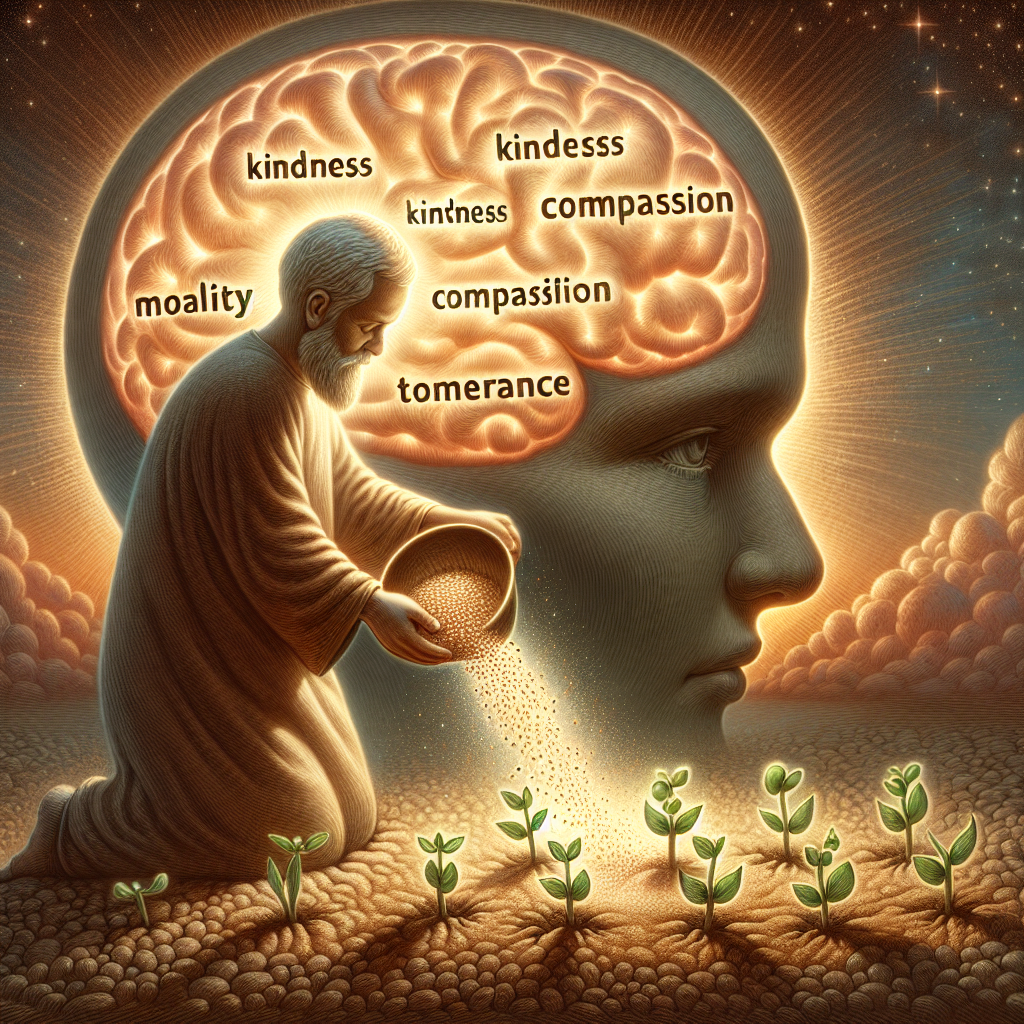
Introduction
Imagine a world where individuals inherently understand the feelings of others, leading to cooperative societies and strengthened relationships. This vision is not merely hypothetical; it underscores the profound significance of empathy in our lives. The role of empathy in shaping moral development has never been more relevant, especially in an era marked by division and misunderstandings. By cultivating empathetic perspectives, we can foster moral integrity and social harmony, ultimately transforming individual lives and communities.
In this article, we will explore The Role of Empathy in Shaping Moral Development, dissecting its implications, influences, and real-world applications. Through illuminating case studies, engaging narratives, and actionable insights, we’ll unravel how empathy serves as the bedrock of our moral compass.
The Nature of Empathy: Understanding Its Core Components
Before delving deeper into The Role of Empathy in Shaping Moral Development, it’s crucial to define what we mean by empathy. Empathy comprises two key components:
- Cognitive Empathy: The ability to understand another person’s perspective or feelings intellectually.
- Emotional Empathy: The capacity to vicariously experience the emotions of others, creating a visceral connection.
Both components serve as the foundation for moral reasoning and ethical decision-making. Understanding how these facets operate in our daily interactions can significantly influence how we develop our moral frameworks.
The Science Behind Empathy
Research has shown that empathy activates specific areas in the brain associated with emotional processing. Functional MRI studies reveal that when individuals observe someone in distress, areas like the anterior insula and anterior cingulate cortex light up, indicating an empathetic response.
| Empathy Type | Brain Areas Involved | Emotional Impact |
|---|---|---|
| Cognitive Empathy | Prefrontal Cortex | Rational understanding |
| Emotional Empathy | Anterior Insula, Anterior Cingulate | Emotional engagement |
These scientific findings affirm that empathy is not merely an abstract concept but rather a biological response ingrained within us, serving as a catalyst for moral growth.
The Stages of Moral Development
Lawrence Kohlberg’s Theory
Lawrence Kohlberg proposed a comprehensive framework for moral development, comprising three main levels:
- Pre-Conventional Level: Morality is based on external rewards or punishments.
- Conventional Level: Morality is dictated by social norms and the desire to fit in.
- Post-Conventional Level: Morality transcends social contracts and incorporates universal ethical principles.
Within this framework, empathy plays a pivotal role. As individuals advance through these stages, their capacity for empathy grows, shaping their moral perspectives.
Case Study: The Impact of Empathy on Adolescents
Consider a study involving a group of high school students participating in a peer mentoring program. Over several months, these students were trained to engage with younger peers from different backgrounds. The result? A significant increase in their empathy levels, leading to improved perspectives on social justice issues and a better understanding of diversity.
This case underscores The Role of Empathy in Shaping Moral Development by demonstrating the transformational power of empathetic experiences in adolescence.
Empathy in Action: Real-World Applications
Empathy in Conflict Resolution
Empathy is invaluable in resolving conflicts. By understanding the emotional landscape of opposing viewpoints, individuals can navigate disputes more effectively. A noteworthy example is the political climate in South Africa post-apartheid, where empathy-driven dialogues contributed to building a reconciliatory society.
Table: Influence of Empathy on Conflict Resolution
| Conflict Type | Empathetic Approaches | Positive Outcomes |
|---|---|---|
| Racial Conflicts | Dialogue circles | Reduced tensions |
| Family Disputes | Mediation | Improved relationships |
| Workplace Disagreements | Team-building exercises | Enhanced collaboration |
Empathy in Education: A Catalyst for Moral Development
The Role of Empathy in Shaping Educational Environments
Schools can be vital platforms for fostering empathy. Programs focused on social-emotional learning (SEL) resonate deeply with students, fostering a sense of community and moral responsibility.
Case Study: The Roots of Empathy Program
A significant example is the ‘Roots of Empathy’ initiative, where infants visit classrooms, and students learn to recognize and respond to the emotions of the baby. The program has produced noteworthy outcomes, reducing bullying and enhancing prosocial behaviors among students.
Analysis
The Roots of Empathy program effectively illustrates The Role of Empathy in Shaping Moral Development, as it not only promotes emotional awareness but also instills a lifelong commitment to moral growth.
The Influence of Culture on Empathy and Moral Development
Cross-Cultural Perspectives
Empathy is viewed differently across cultures, which influences moral development. In collectivist societies, communal empathy is often emphasized over individual perspectives, guiding moral decisions around community welfare.
Case Study: Community Reinvestment in Indonesia
In Indonesia, community leaders organized efforts to reinvest in local resources, acknowledging communal needs over individual gains. This greatly enhanced moral cohesion and emotional connection among community members, showcasing The Role of Empathy in Shaping Moral Development in a cultural context.
Technology and Empathy: A Double-Edged Sword
Empathy in the Digital Age
The rise of social media offers unprecedented opportunities for empathetic engagement but also poses challenges. Digital platforms can facilitate connections and shared experiences, yet they can also foster isolation and desensitization.
Case Study: The #MeToo Movement
The #MeToo movement exemplifies how social media can serve as a powerful tool for fostering empathy. By sharing personal experiences of harassment, individuals have created a wave of emotional solidarity, influencing societal norms and moral perspectives related to respect and consent.
Pros and Cons of Digital Empathy
| Pros | Cons |
|---|---|
| Broadened access to shared stories | Increased desensitization |
| Facilitation of online campaigns | Erosion of face-to-face interactions |
Developing Empathy: Strategies for Personal and Community Growth
Practical Ways to Foster Empathy
- Active Listening: Engaging fully with others and validating their experiences.
- Volunteering: Direct interaction with various communities fosters emotional connections and understanding.
- Literature and Art: Reading novels or engaging with the arts provides insights into different human experiences.
Strategies for Educational Institutions
- Implement SEL programs that emphasize empathy.
- Create spaces for dialogue and discussions about diverse perspectives.
Conclusion
As we’ve explored, The Role of Empathy in Shaping Moral Development is multifaceted, intertwining science, culture, and personal experiences. Empathy is not merely a skill; it’s a vital element that informs our moral choices and social interactions. By nurturing empathy within ourselves and our communities, we cultivate an environment where compassion thrives—a cornerstone for a harmonious society.
Call to Action
Let us commit to being empathetic individuals, to actively listening and understanding those around us. By doing so, we contribute to a world where moral development flourishes, leading to a better future for generations to come.
FAQs Section
1. What is the primary role of empathy in moral development?
Empathy allows individuals to understand and appreciate the feelings and perspectives of others, forming a foundational aspect of moral reasoning.
2. How can empathy be cultivated?
Empathy can be enhanced through active listening, volunteer work, education, and literature that exposes individuals to diverse experiences.
3. Can empathy be learned at any age?
Yes, empathy can be developed at any age, with children benefiting significantly from structured programs and adults from continued practice and reflection.
4. What impact does culture have on empathy?
Cultural contexts shape how empathy is perceived and expressed, influencing collective moral standards and community dynamics.
5. Are there negative aspects of empathy?
Excessive empathy can lead to emotional burnout or compassion fatigue, highlighting the importance of balance in empathetic engagement.
In conclusion, empathy is a powerful tool in shaping not just our moral development but also the very fabric of society. The journey towards a more empathetic world begins with each of us.


